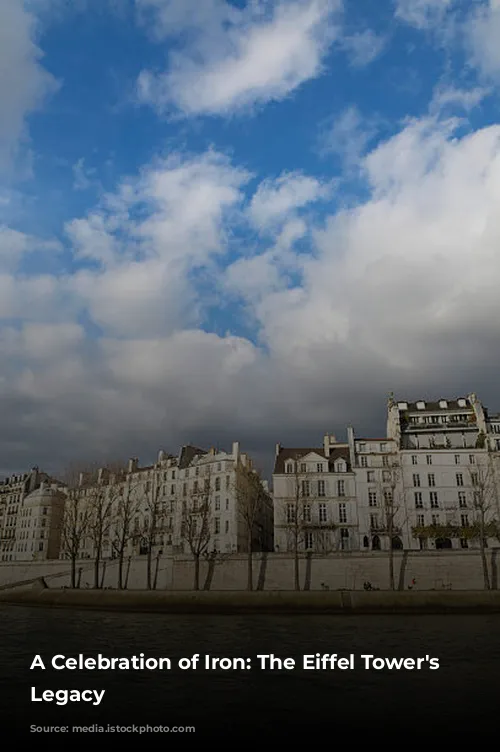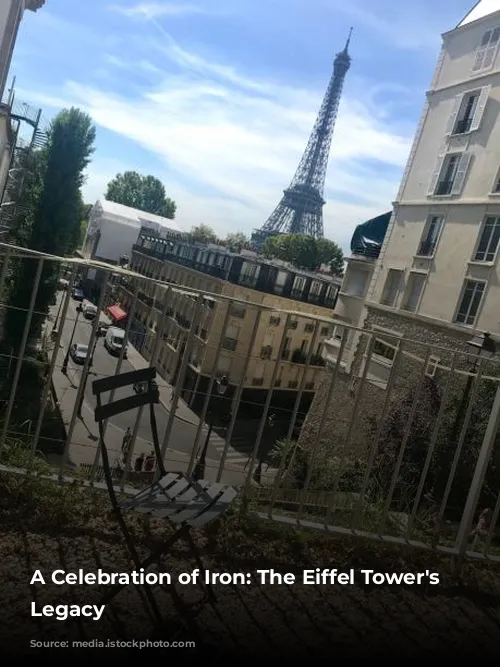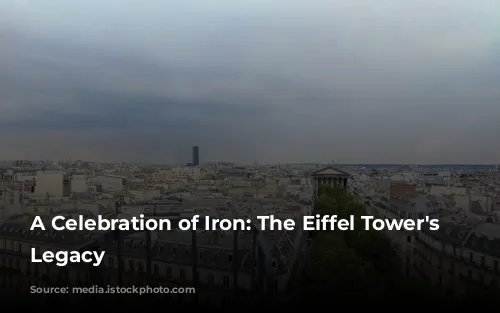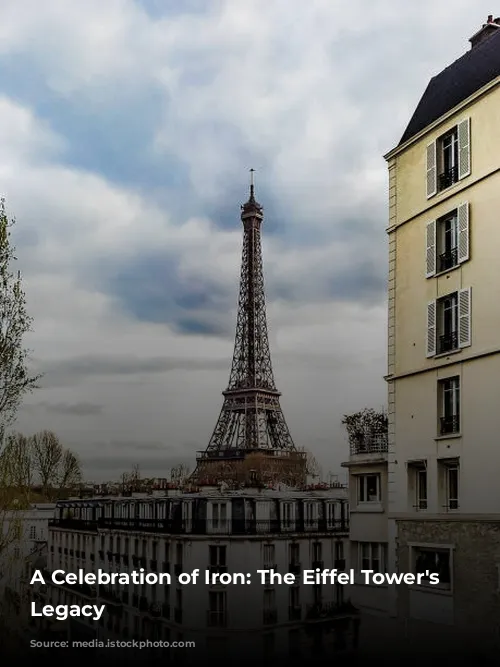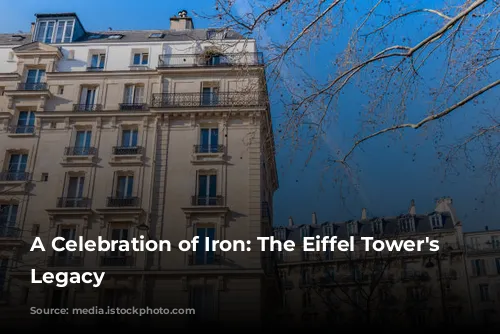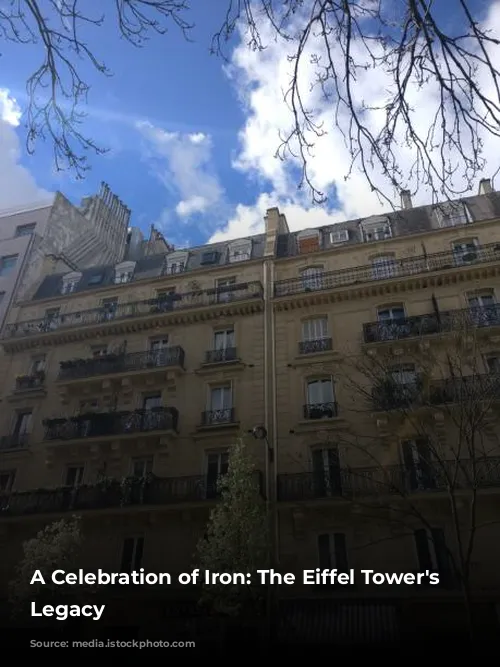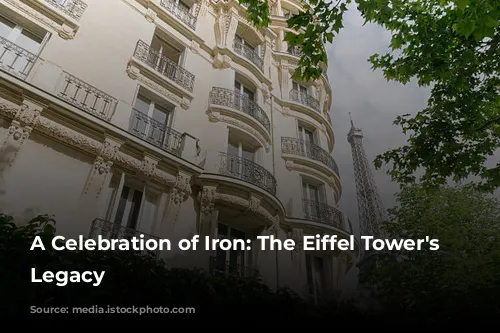The Eiffel Tower, a symbol of Paris and a marvel of engineering, was completed on March 31, 1889, marking a pivotal moment in its history. The day was filled with excitement as Gustave Eiffel welcomed guests to celebrate the culmination of his ambitious project. A parliamentary member, blindfolded, navigated the 1,792 steps to the summit, reaching the top with a small group after an hour. It was a moment of triumph. A flag was raised, a 21-gun salute echoed through the air, and champagne flowed freely. Eiffel was bestowed with the Légion d’Honneur, a well-deserved honor that offset the years of criticism he faced from those who condemned his “monstrous” creation.
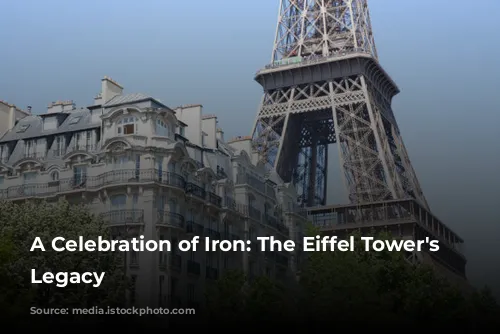
The Tower’s Aging Grace: A Story of Repairs and Challenges
Fast forward 125 years, and the celebrations for the Eiffel Tower’s 120th anniversary were considerably less flamboyant. The iconic landmark, once a symbol of innovation, found itself grappling with the weight of time. Its aging structure required constant attention, with extensive repairs ongoing. The first-floor platform was being rebuilt, a temporary structure erected at the base for materials and debris removal. Two of the three public lifts were out of commission, causing significant inconvenience for visitors. Queues stretched for hours, with tourists facing unacceptable conditions at times.
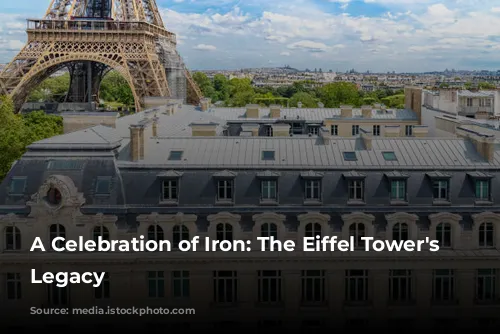
A Costly Restoration: Preserving History Comes at a Price
The Eiffel Tower’s restoration was a monumental undertaking, both in terms of duration and cost. The west lift refurbishment, initially estimated to be completed within two years, took six, costing three times the original budget. The decision to preserve the original hydraulic drive system added layers of complexity, leading to the replacement of rails and tanks, followed by further investigations and the discovery of lead contamination. The project, ultimately costing €36 million, cemented its status as the world’s most expensive lift.
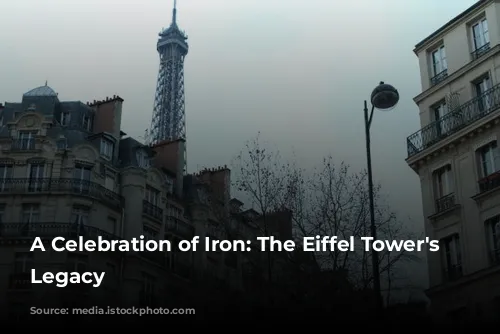
A Financial Balancing Act: Navigating Challenges and Maintaining Profitability
The Eiffel Tower’s temporary closures over the years had a substantial impact on its revenue, impacting its profitability. The north lift’s repairs in 2012 resulted in a 12% drop in visitors, pushing the tower into the red. However, a resurgence in visitor numbers in 2013, with a 7% increase, allowed the company to report a €6 million profit. Despite the challenges, the company managed to secure a €16 million payment from the city council, allowing it to defer some planned investments.
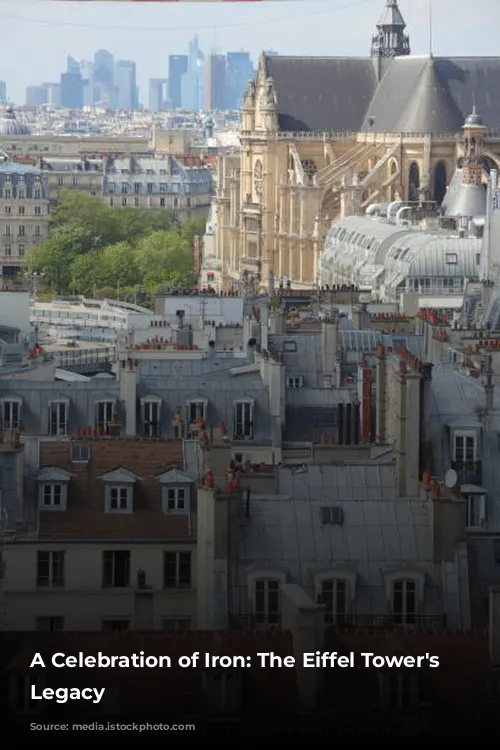
A New Chapter: Embracing Modernization and Enriching Visitor Experiences
The Eiffel Tower’s renovation went beyond mere repair, aiming to create a more engaging experience for visitors. The first-floor platform, undergoing a complete makeover, will feature shops, a museum, and glass walkways that offer panoramic views. The Salon Eiffel, complete with carpets, will be ideal for business meetings. The goal is to encourage visitors to linger, explore, and interact with the tower in new ways.

Redefining Success: Beyond Visitor Numbers, a Focus on Enrichment
The Eiffel Tower has reached its peak in terms of visitor numbers, with a maximum of 7 million visitors annually achieved in 2003. To ensure its continued success, the company is focusing on enhancing the visitor experience. Instead of simply adding more visitors, the focus is on offering more time, space, and engaging experiences through guided tours, shops, and restaurants. This shift could boost the average visitor spending from €14 to €18 or €20, creating new avenues for growth.
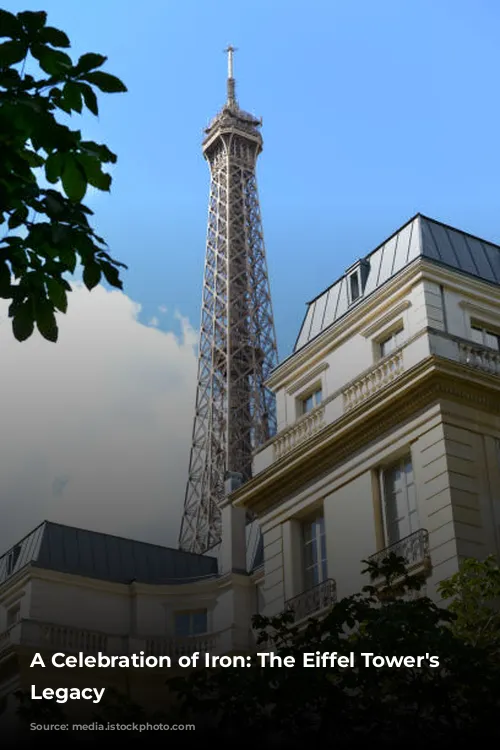
A Vision for the Future: Building on Success with Ambitious Plans
The Eiffel Tower’s future holds exciting possibilities. Additional floors, an underground entrance hall, and improved infrastructure are under consideration. These ambitious projects could enhance accessibility, create new revenue streams, and further cement the Eiffel Tower’s legacy as a global icon. However, the challenges are not insignificant. Funding is a major concern, with estimates reaching €100-200 million.
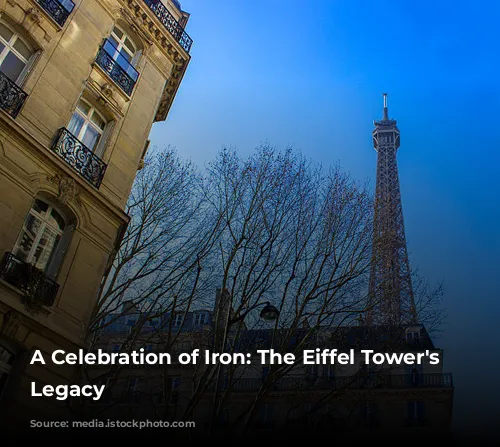
A Legacy of Innovation and Resilience
The Eiffel Tower, a testament to human ingenuity and resilience, has defied time and weathered countless challenges. From its initial conception to its ongoing evolution, the tower has proven to be more than a mere structure; it is a symbol of progress, a source of inspiration, and a captivating landmark that continues to fascinate generations.
